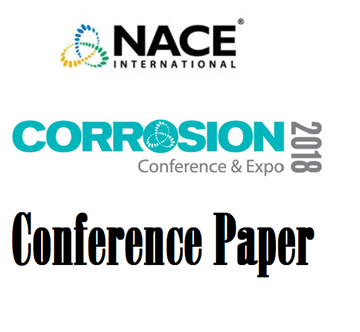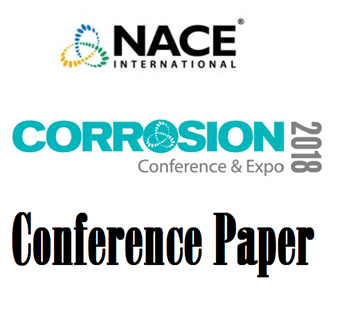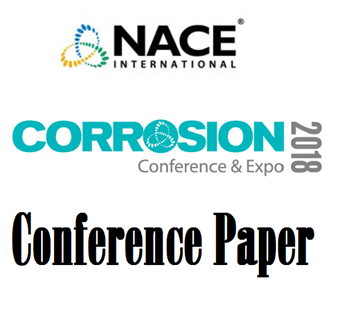Search
EFFECT OF MODELING VARIABLES UPON PROJECTION OF CORROSION INDUCED POST-TENSION TENDON FAILURES
Also Purchased
Influence of K-Rate and Hydrogen Charging on Fracture Toughness of a Super Duplex Stainless Steel
Product Number:
51318-10891-SG
Publication Date:
2018
$20.00
Conference Proceedings 2018- 10446 through 10847
Product Number:
51318-1
Publication Date:
2018
$0.00
Conference Proceedings 2018- 10848 through 11008
Product Number:
51318-2
Publication Date:
2018
$0.00




